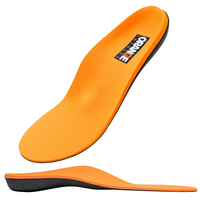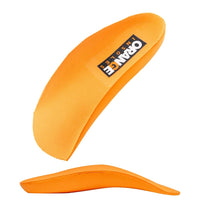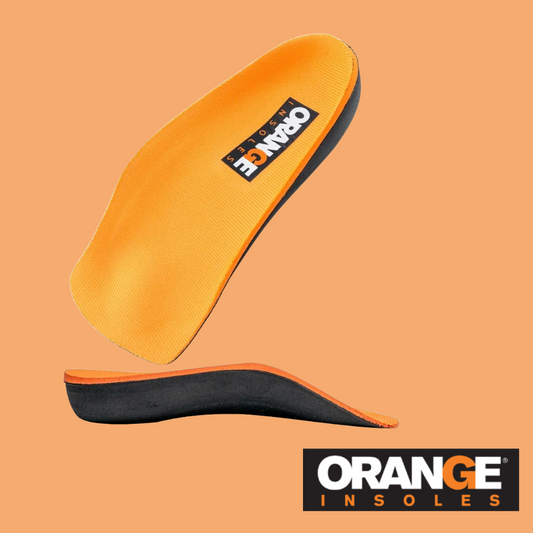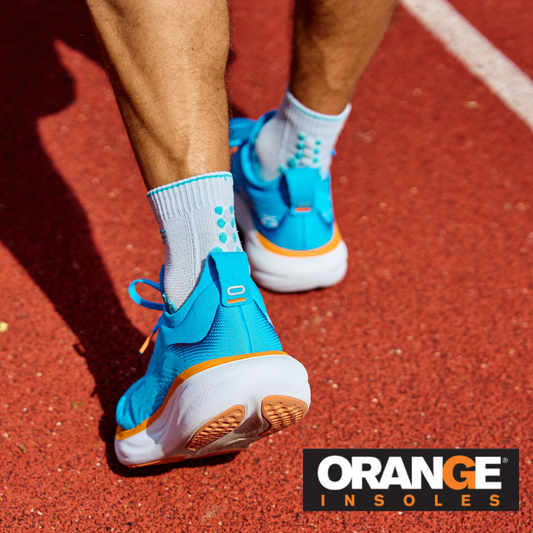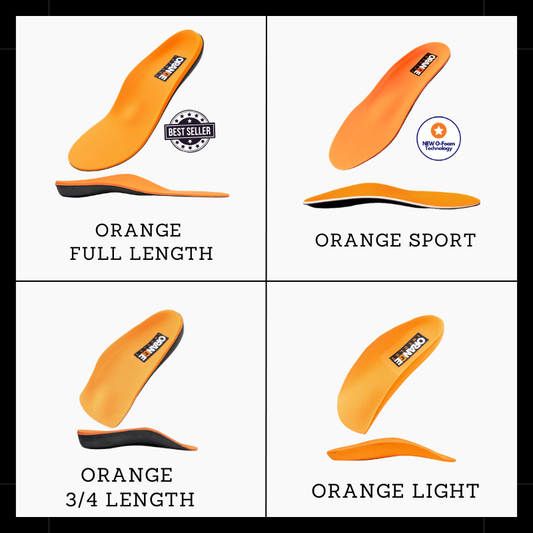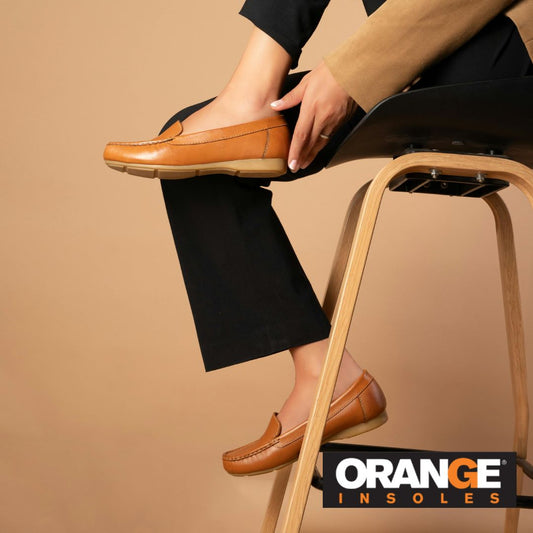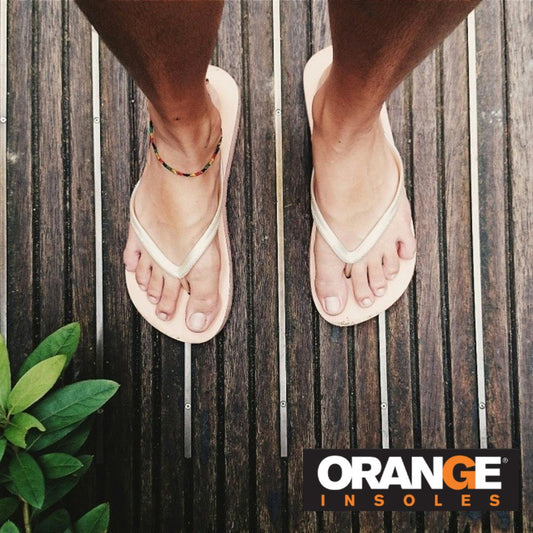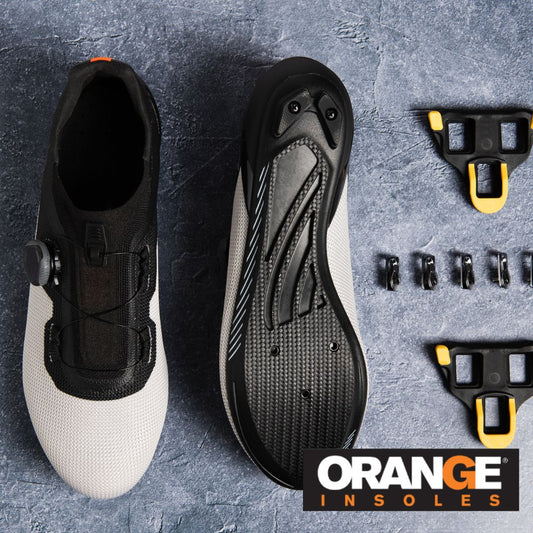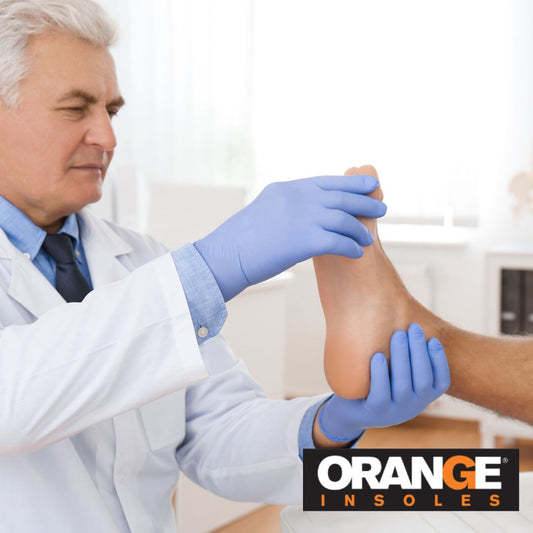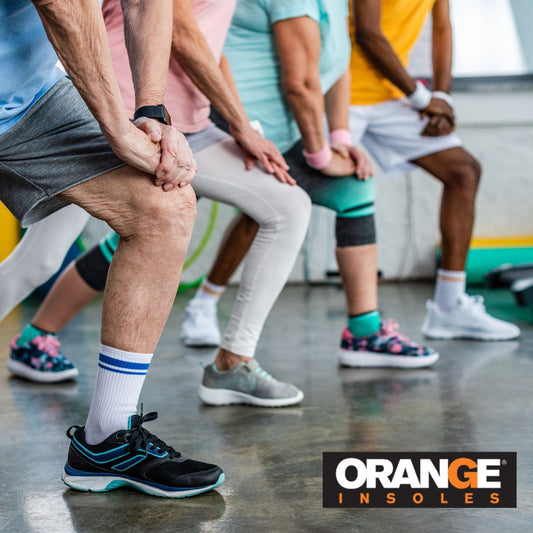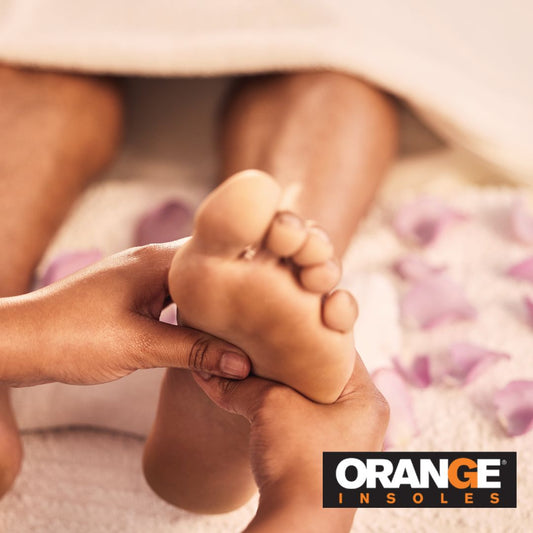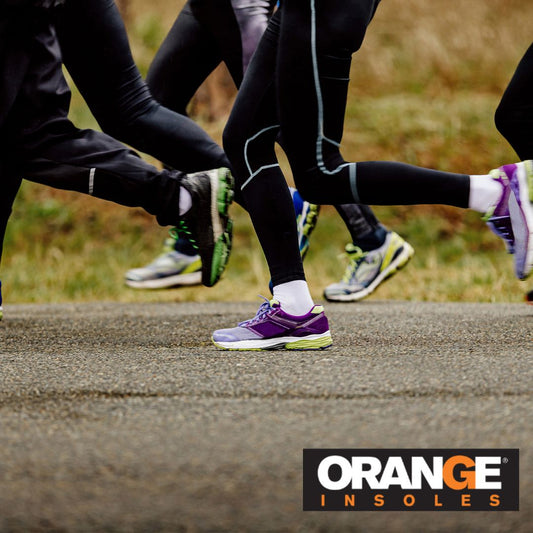If you’ve been diagnosed with hallux rigidus, a form of arthritis that stiffens the big toe joint you already know how painful it can be to move that joint the wrong way.
But did you know that some common foot or flexibility exercises can actually make it worse?
Maybe you’re doing yoga, running, or following a foot-strengthening routine online; just remember that not all movements are safe for a stiff big toe joint. Let’s break down the exercises to avoid, why they cause problems, and what to do instead to protect your feet.
Disclaimer: this is not a substitute for professional medical advice. Please consult with a medical professional if you wish to plan out your exercise regimen.
What Is Hallux Rigidus, Briefly?
Hallux rigidus (Latin for “stiff big toe”) affects the metatarsophalangeal (MTP) joint at the base of your big toe.
When arthritis or bone spurs develop in that joint, it loses flexibility and becomes painful to bend. Over time, even simple actions like walking, climbing stairs, or wearing heels can hurt.
If you need a refresher, read our full overview here:
👉 What Is Hallux Rigidus and How to Manage It
Exercises to Avoid with Hallux Rigidus
1. Toe Raises and Calf Raises
While toe raises are often recommended for balance and ankle strength, they force the big toe into extension-exactly the motion that hallux rigidus makes painful.
When you rise up onto your toes, your body weight pushes the stiff joint upward, increasing compression and pain. Over time, this can worsen inflammation or spur formation around the joint.
Try this instead:
Do heel raises (lifting your toes while keeping your heels on the floor). This strengthens the muscles that stabilize the arch and ankle without stressing the toe joint.
2. Lunges and Deep Squats
Lunges and squats seem harmless, but when your front foot bends during a lunge, your big toe flexes-again stressing that stiff joint.
Even if it doesn’t hurt in the moment, the pressure can irritate the cartilage and surrounding tissue, leading to a painful flare-up later.
Try this instead:
Use modified mini-squats or wall sits to build leg and glute strength while keeping your toes flat and neutral.
3. Running or Jumping Workouts
High-impact activities - including running, HIIT, jump squats, or plyometrics - load the forefoot with repeated force.
Each step or landing requires your big toe to bend as your foot pushes off the ground. That repetitive stress can worsen joint stiffness and inflammation.
Try this instead:
-
Switch to low-impact cardio like cycling, swimming, or rowing.
-
If you prefer walking, use shoes or insoles with a stiff forefoot rocker to minimize toe bending while still getting exercise.
👉 Orange Insoles’ structured arch support and deep heel cup can help keep your foot aligned, reducing strain on the big toe joint during everyday movement. Learn more in Why Orange Insoles Are Effective: Our Signature Deep Heel Cup.
4. Yoga Poses That Bend the Toes
Certain yoga or stretching poses - like Downward Dog, Plank, or Warrior I put your toes into extreme dorsiflexion (bending upward).
If you have hallux rigidus, these can cause sharp pain and accelerate joint wear.
Try this instead:
Modify your poses by:
-
Placing a rolled towel under the toes to reduce flexion.
-
Using a chair or wall for support in poses like lunges or downward dog.
-
Focusing on seated stretches for calves, hips, and hamstrings instead.
5. Barefoot Strengthening Drills
Barefoot balance work and “foot strengthening” routines are popular, but for hallux rigidus, they can backfire.
Without the protection of shoes or insoles, your stiff toe joint absorbs more pressure and impact. Over time, this worsens swelling and reduces your range of motion even further.
Try this instead:
Wear supportive shoes with rigid soles or add insoles that offload pressure from the big toe. These keep your foot stable during strengthening or balance training.
Safe, Helpful Alternatives
While you should avoid movements that bend the big toe, there are still ways to stay active and maintain joint health.
While you should avoid movements that bend the big toe, there are still ways to stay active and maintain joint health.
✅ Stretch the Right Areas
-
Calf stretches reduce tension through the Achilles tendon and plantar fascia.
-
Ankle circles improve mobility without stressing the toes.
✅ Strengthen Support Muscles
-
Resistance band exercises for ankles and arches help stability.
-
Glute bridges and leg lifts build hip support, improving gait alignment and taking pressure off your forefoot.
✅ Manage Inflammation
Warm compresses, gentle massage, and anti-inflammatory nutrition (omega-3s, turmeric, leafy greens) all support joint health.
See The Sweet Truth: How Sugar Consumption Impacts Your Foot Health for more on how diet impacts inflammation.
Protecting Your Toes with the Right Support
Hallux rigidus often worsens when your foot alignment is off - especially if your arch collapses or your heel rolls inward (overpronation).
Using an insole with a deep heel cup and firm arch support keeps your foot balanced and reduces flex at the big toe joint.
Orange Insoles are designed to do exactly that - providing alignment and stability that help prevent flare-ups from daily activities.
👉 Find your perfect support at the Orange Insoles Shop.
